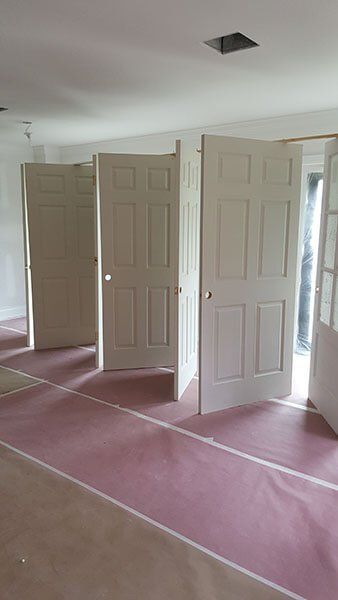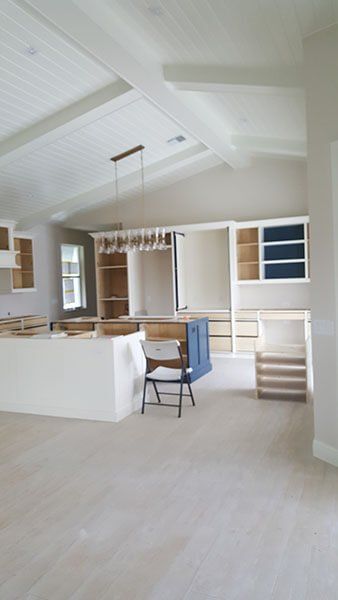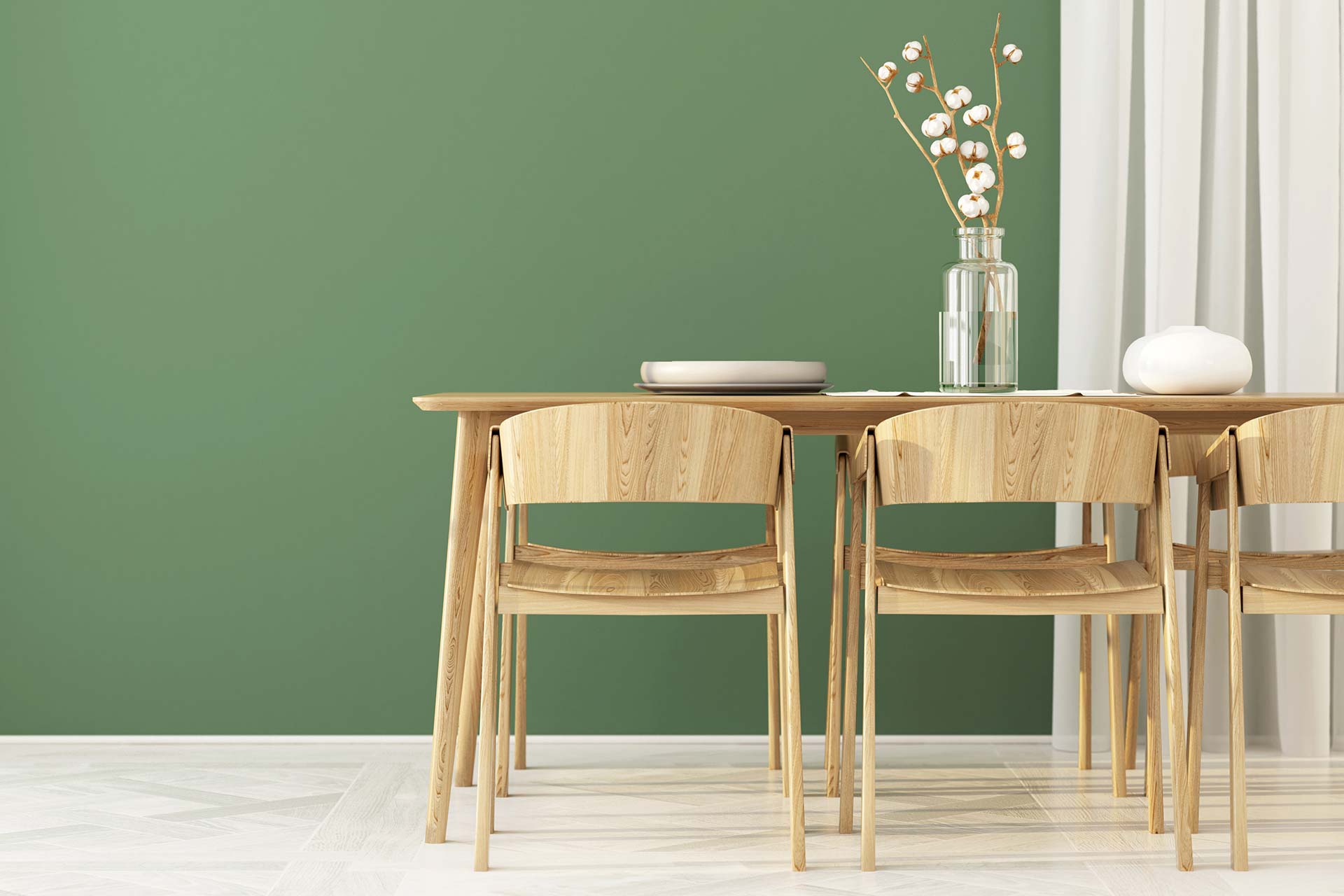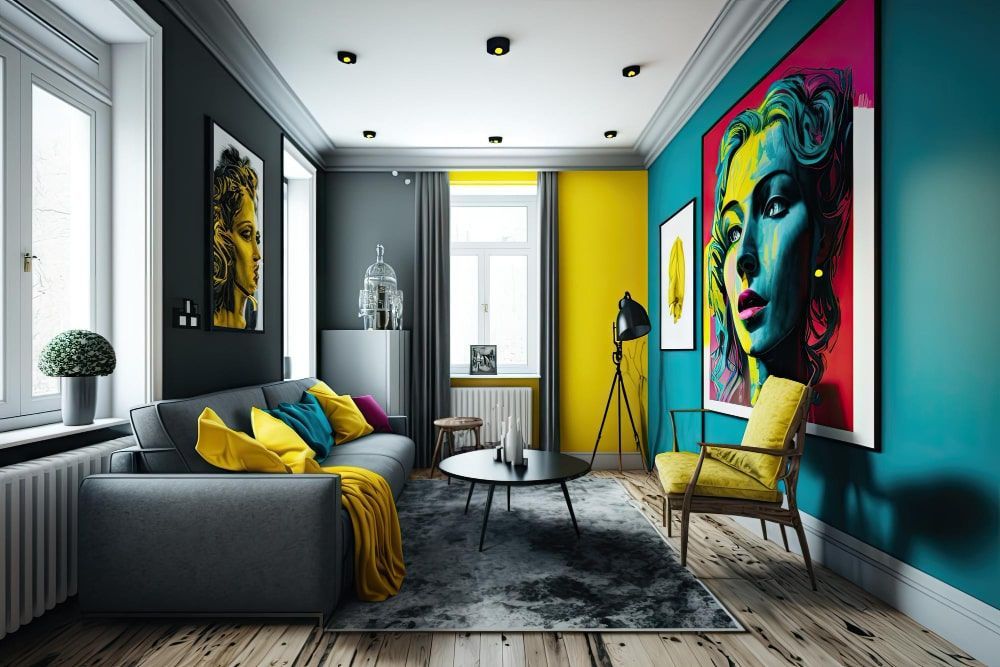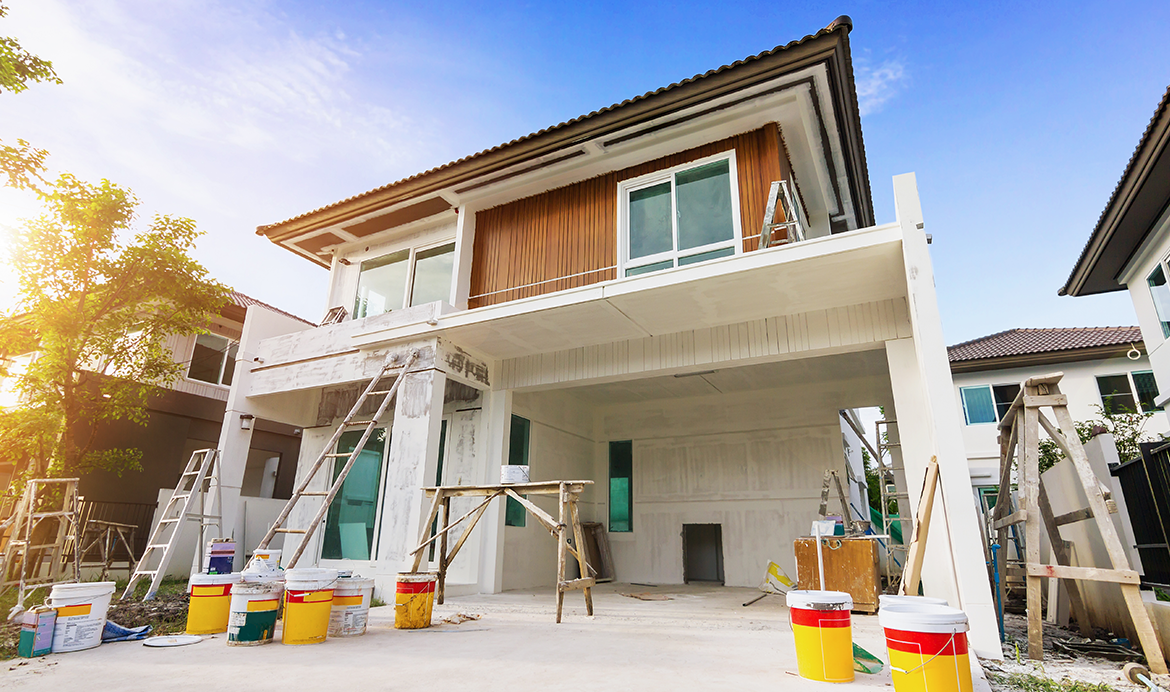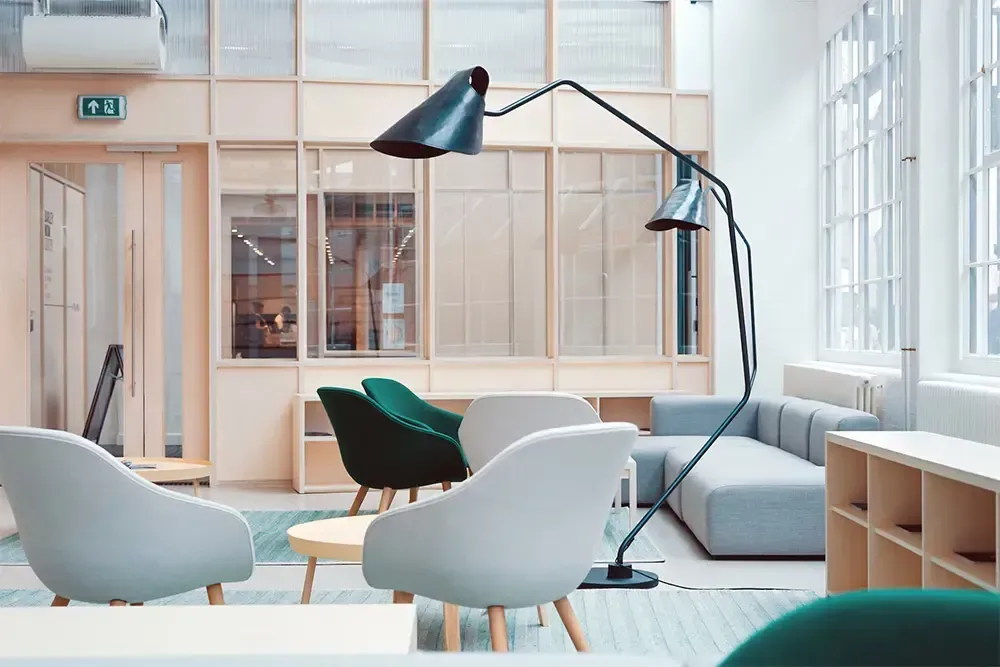Transform Your Space: Expert Tips for Choosing the Perfect Paint Colors
The color of your walls has a profound impact on the overall ambiance and mood of a room. Whether you're redecorating a single space or renovating your entire home, selecting the perfect paint colors can truly transform your space. The right combination of hues can create a sense of harmony, add depth, and even make a small room appear larger. To help you make the best color choices for your home, we've gathered expert tips for selecting the perfect paint colors.
Consider the Room's Purpose:
Each room serves a different purpose, and the color scheme should reflect that. For instance, warm and cozy tones like earthy browns and rich oranges work well in a living room or bedroom, while vibrant and energizing shades like yellows or blues are more suitable for a kitchen or home office. Consider the function of the room and choose colors that align with its purpose.
Assess the Natural Lighting:
Natural light can greatly affect how colors appear in a room. Rooms with ample natural light can handle bold and vibrant shades, while spaces with limited natural light may benefit from lighter, softer hues. Take note of the direction and intensity of sunlight in each room throughout the day to determine how it will impact your color choices.
Harmonize with Existing Elements:
When selecting paint colors, take into account existing elements in the room, such as furniture, flooring, and artwork. Look for colors that complement these elements to create a cohesive and visually pleasing space. Consider pulling out undertones from these existing features to guide your color selection process.
Create a Color Flow:
If you have an open floor plan or rooms that flow into one another, create a harmonious color flow throughout the space. Choose a color palette that transitions smoothly from one room to the next, using varying shades of the same color or complementary colors. This creates a sense of continuity and visual connection between different areas of your home.
Explore the Power of Neutrals:
Neutrals are timeless and versatile, making them a popular choice for many homeowners. Shades like whites, grays, and beiges provide a neutral backdrop that can easily be paired with different accent colors or changed over time. Neutrals create a sense of calm and elegance and allow for flexibility in decorating styles.
Use Accent Colors Strategically:
Accent colors are an excellent way to add interest and personality to your space. Consider using accent colors on an accent wall, architectural details, or furniture pieces. Bold and vibrant accent colors can create focal points, draw attention, and infuse energy into the room. Use them sparingly to avoid overwhelming the space.
Test Paint Samples:
Before committing to a full room of paint, it's crucial to test paint samples on your walls. Paint a small section or use sample boards to see how the colors look in different lighting conditions and at different times of the day. This step allows you to make an informed decision and ensures you're satisfied with the colors before proceeding with the full paint job.
Consider the Psychological Impact:
Colors can evoke different emotions and moods. Cool colors like blues and greens are known to promote calmness and relaxation, making them suitable for bedrooms or areas where you want to create a tranquil atmosphere. Warm colors like reds and yellows can add energy and warmth, making them ideal for social spaces like living rooms or dining areas. Consider the psychological impact you want to achieve in each room and choose colors accordingly.
Seek Inspiration:
Gather inspiration from various sources to help you choose the perfect paint colors. Browse home decor magazines, visit design websites, and explore social media platforms like Pinterest and Instagram for ideas and inspiration. Create mood boards or save images that resonate with you and reflect your desired aesthetic. These sources will provide you with a wealth of ideas and help you visualize how different paint colors can transform your space.
Consider the Size of the Room:
The size of the room plays a role in color selection as well. Lighter shades can create an illusion of more space in smaller rooms, while darker colors can add depth and coziness to larger rooms. If you have a small room that you want to appear more spacious, opt for lighter, neutral colors. For larger rooms, you can experiment with bolder and darker hues to create a more intimate atmosphere.
Take Note of Personal Preferences:
Ultimately, choosing paint colors is a personal decision. Consider your own preferences, tastes, and the mood you want to evoke in each room. Are you drawn to calming and soothing colors or do you prefer vibrant and energetic tones? Trust your instincts and select colors that resonate with you and create a space that reflects your personality and style.
Seek Professional Advice:
If you find yourself overwhelmed or unsure about selecting the perfect paint colors, don't hesitate to seek the advice of a professional. Interior designers or color consultants can offer valuable insights and guide you towards color combinations that suit your style and preferences. They can also help you navigate through various color palettes and provide expert advice on coordinating colors throughout your home.
Remember, the process of choosing paint colors should be enjoyable and allow for self-expression. Don't be afraid to take risks and step outside your comfort zone. The right paint colors have the power to create a transformative effect, turning your space into a true reflection of your unique vision.
In conclusion, selecting the perfect paint colors requires careful consideration and an understanding of how colors can influence the overall ambiance and mood of a room. By considering the purpose of the room, assessing natural lighting, harmonizing with existing elements, creating a color flow, exploring neutrals and accent colors, and testing paint samples, you can make informed decisions that enhance your space. Seek inspiration, consider the psychological impact of colors, and don't hesitate to seek professional advice if needed. With expert tips and a touch of creativity, you can transform your space with the perfect paint colors and create an environment that truly feels like home.

